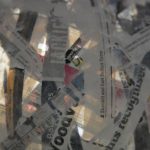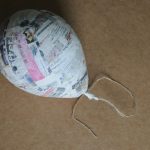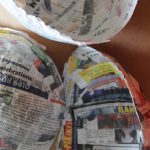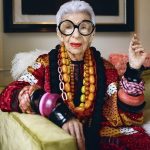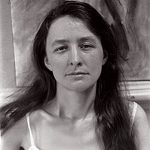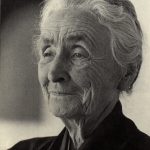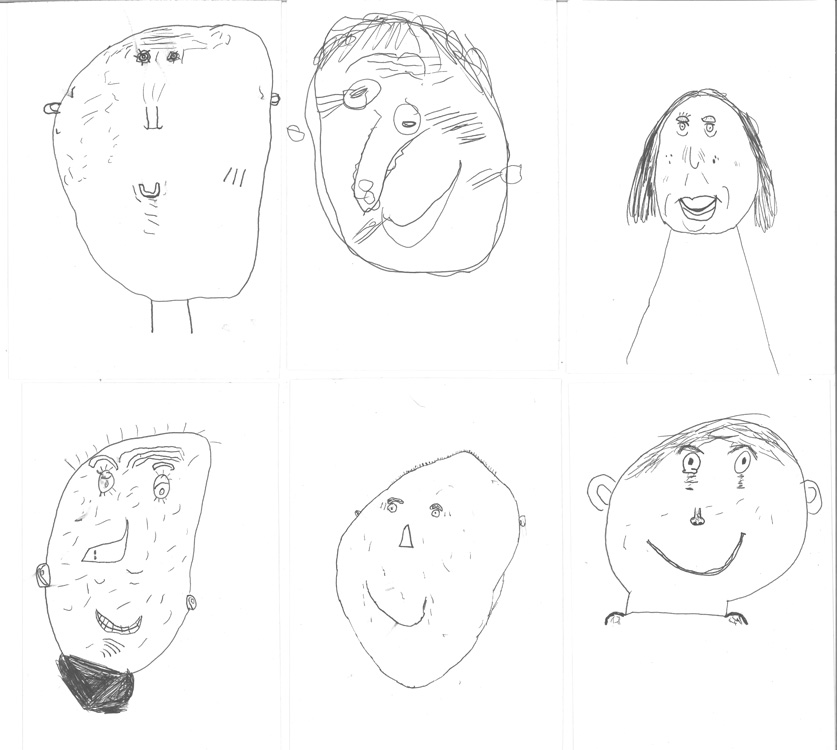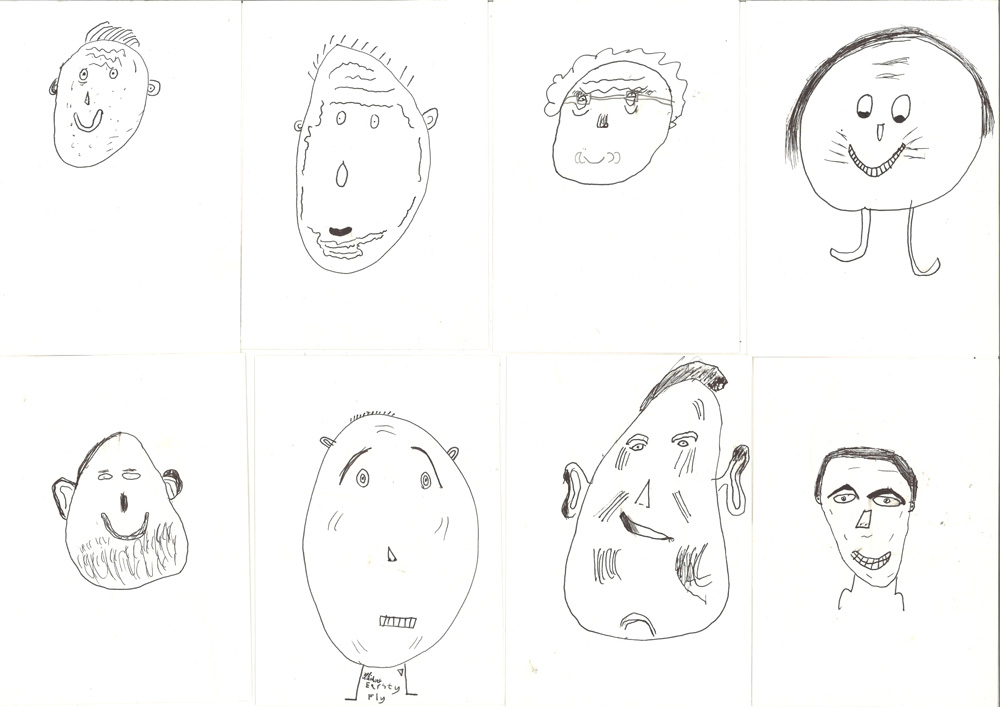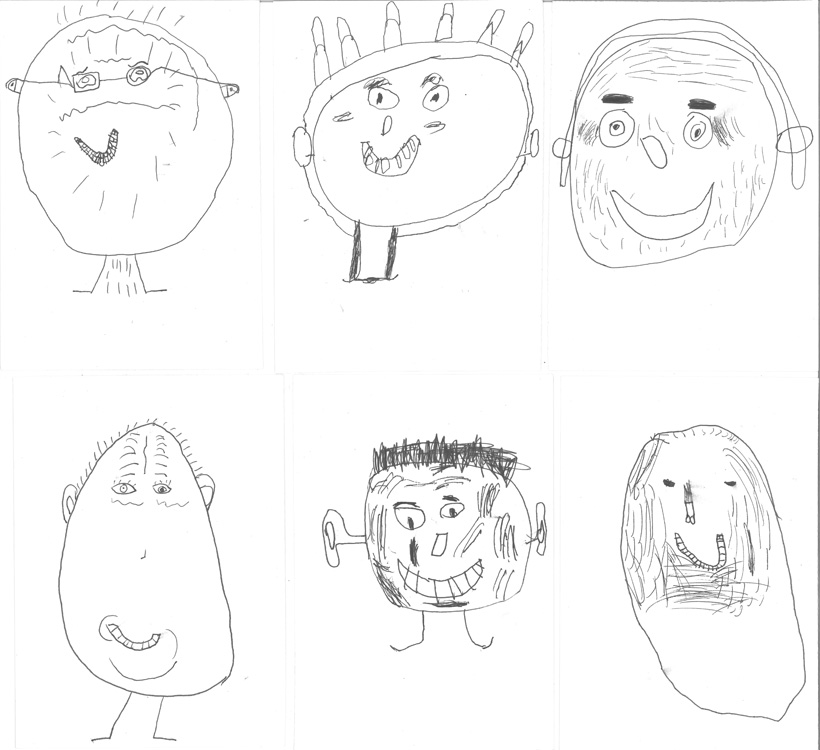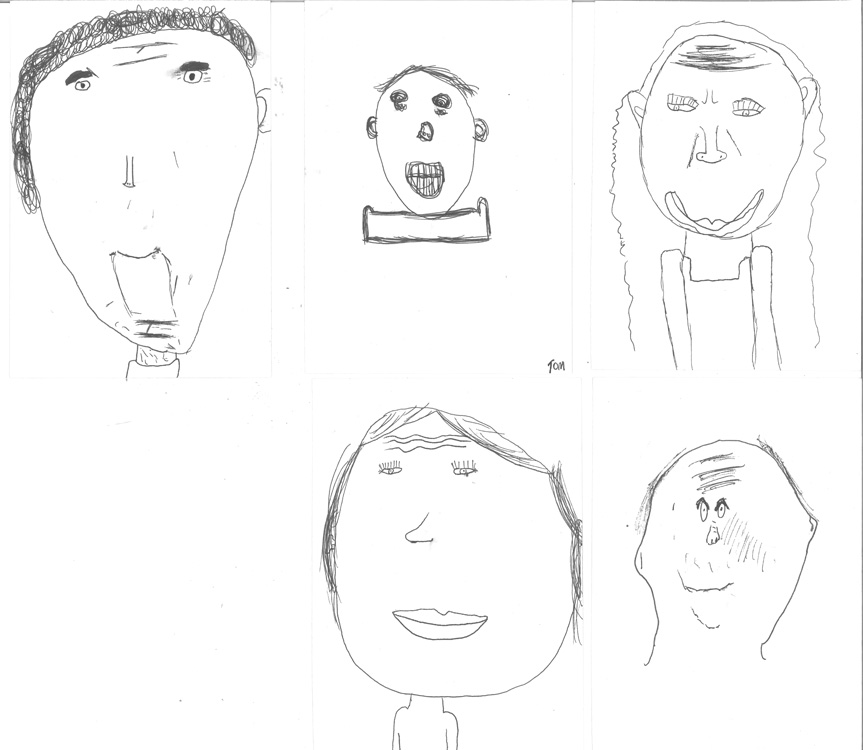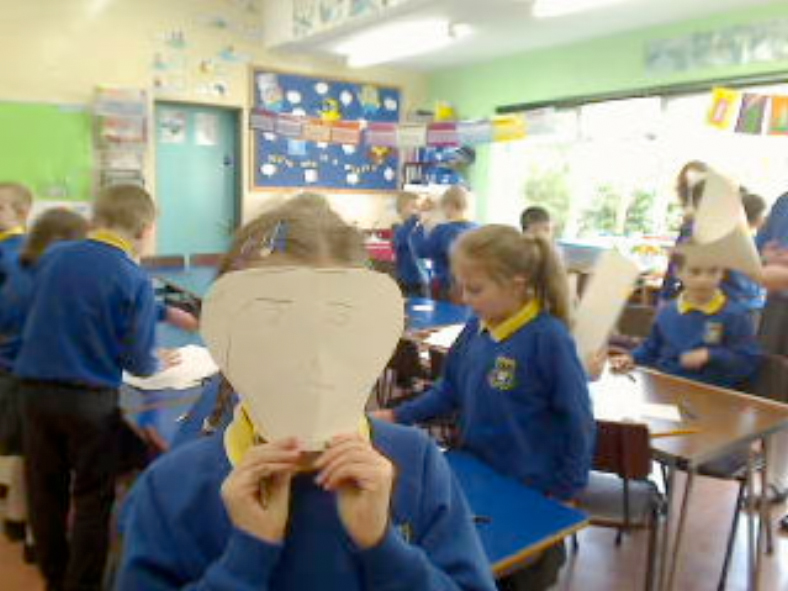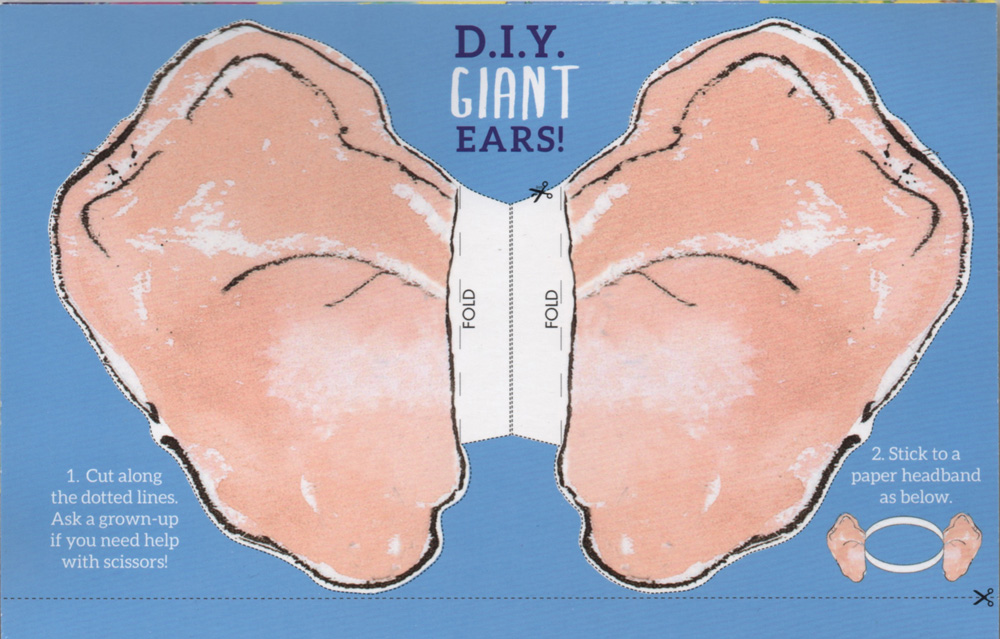 It started with Big Friendly Giant Ears. Way back before the beginning of this phase, when I got my version of the BFG out of the library, the back page of the book had a template for cut-out ears. While this was a fun idea, it made me wonder about how the rest of the face could be added. This was partly the thought process that led to the P1 and P2 mask-work. While experimenting with them, I played with other ways of creating masks, going back to the old method of using a balloon and papier maché as a base and trying different glue combinations -PVA, flour and water. I documented parts of the experimentation but when I got to certain stages of the process it was far too sticky to go near the camera! I also played with instant papier maché and with some of the prototypes then added the traditional layers on top.
It started with Big Friendly Giant Ears. Way back before the beginning of this phase, when I got my version of the BFG out of the library, the back page of the book had a template for cut-out ears. While this was a fun idea, it made me wonder about how the rest of the face could be added. This was partly the thought process that led to the P1 and P2 mask-work. While experimenting with them, I played with other ways of creating masks, going back to the old method of using a balloon and papier maché as a base and trying different glue combinations -PVA, flour and water. I documented parts of the experimentation but when I got to certain stages of the process it was far too sticky to go near the camera! I also played with instant papier maché and with some of the prototypes then added the traditional layers on top.
While sticky and quite slow, the experimentation made me sure that we could have a go with the P3 and P4. Once we knew that the older class was really excited by the P1 and P2 work, Mrs Wilson and I decided that we had to give them the opportunity to work with masks as well. Developing from the dream-jar theme, the idea was create masks of future selves, inspired by the character of the BFG. Meeting the P3 and P4 children again was exciting. They had been working on the BFG book in the meantime and by this point they all loved the character of the BFG. My challenge for them was to wonder what they might be like when they got older, maybe as old as the BFG. We thought back to the people that they might know in their families who were older. Through photos, drawings and painting, we looked at images of older people and what happens to faces in the aging process, how noses and ears can get larger, how skin sags and folds and takes on amazing shapes. With Mrs Wilson, the class had already been thinking about what they might want to do in their lives when they were adults but this session took them much further into the future and also challenged them to be really imaginative. Some of the subjects in the sample images were people who challenged stereotypes of age.
Inspired by these images, the children made beautiful drawings of their future selves, working freely and imaginatively. Then we started to translate their ideas into mask form, creating cardboard base layers, large enough to wrap around the face from ear to ear. The children worked in pairs to mark where the ears, eyes, foreheads and chins would be and then the cutting began. As eyes and mouths were cut, characters emerged and expressions appeared. I have no doubt: these are going to be brilliant masks.
